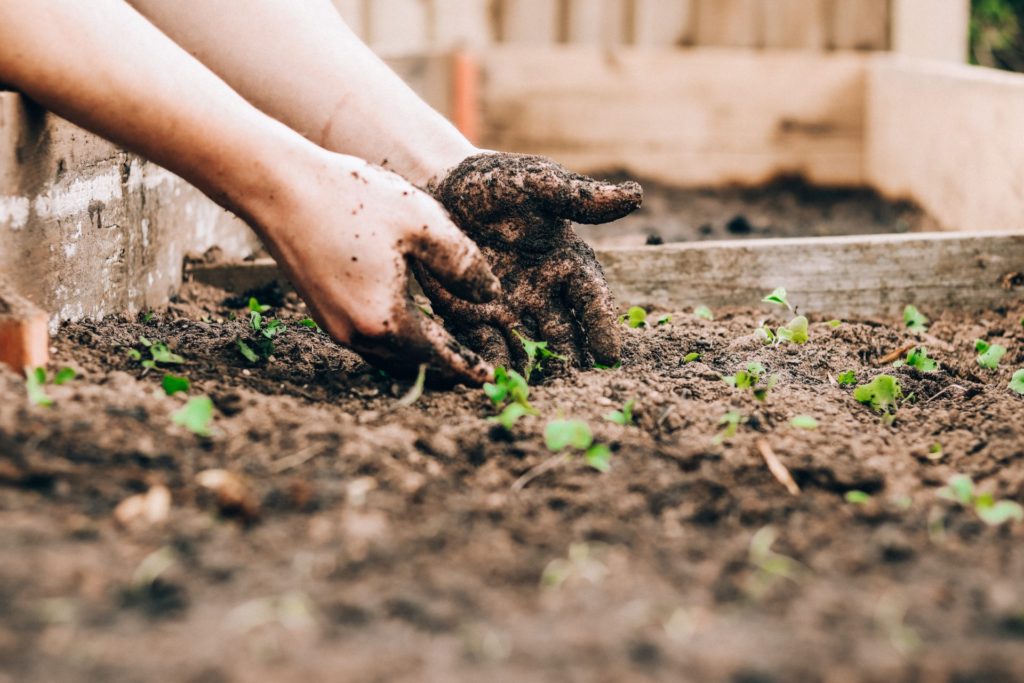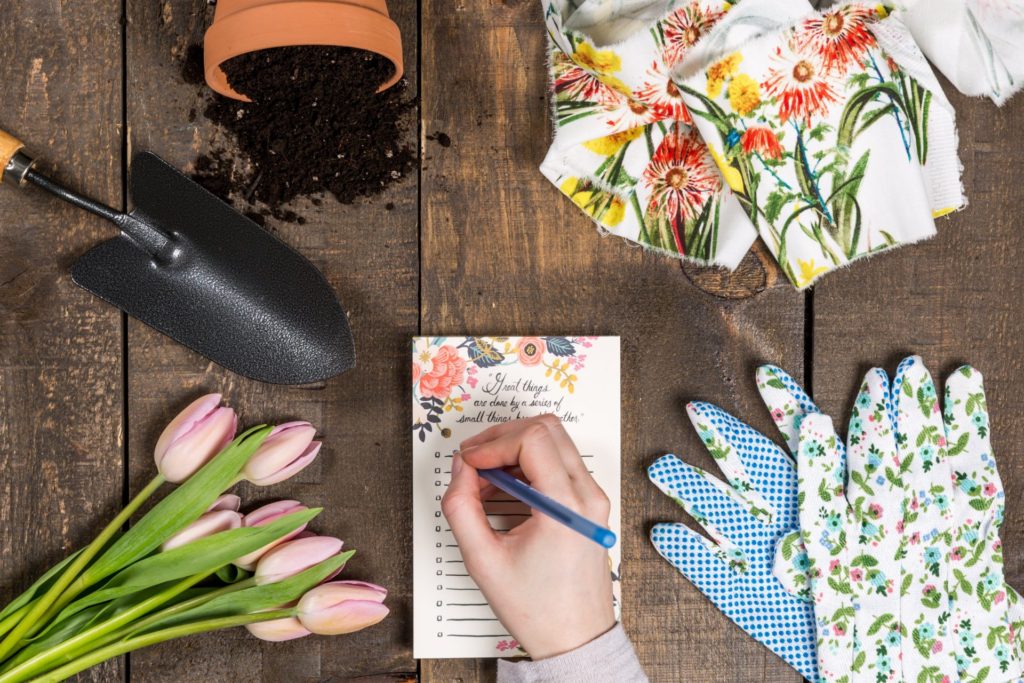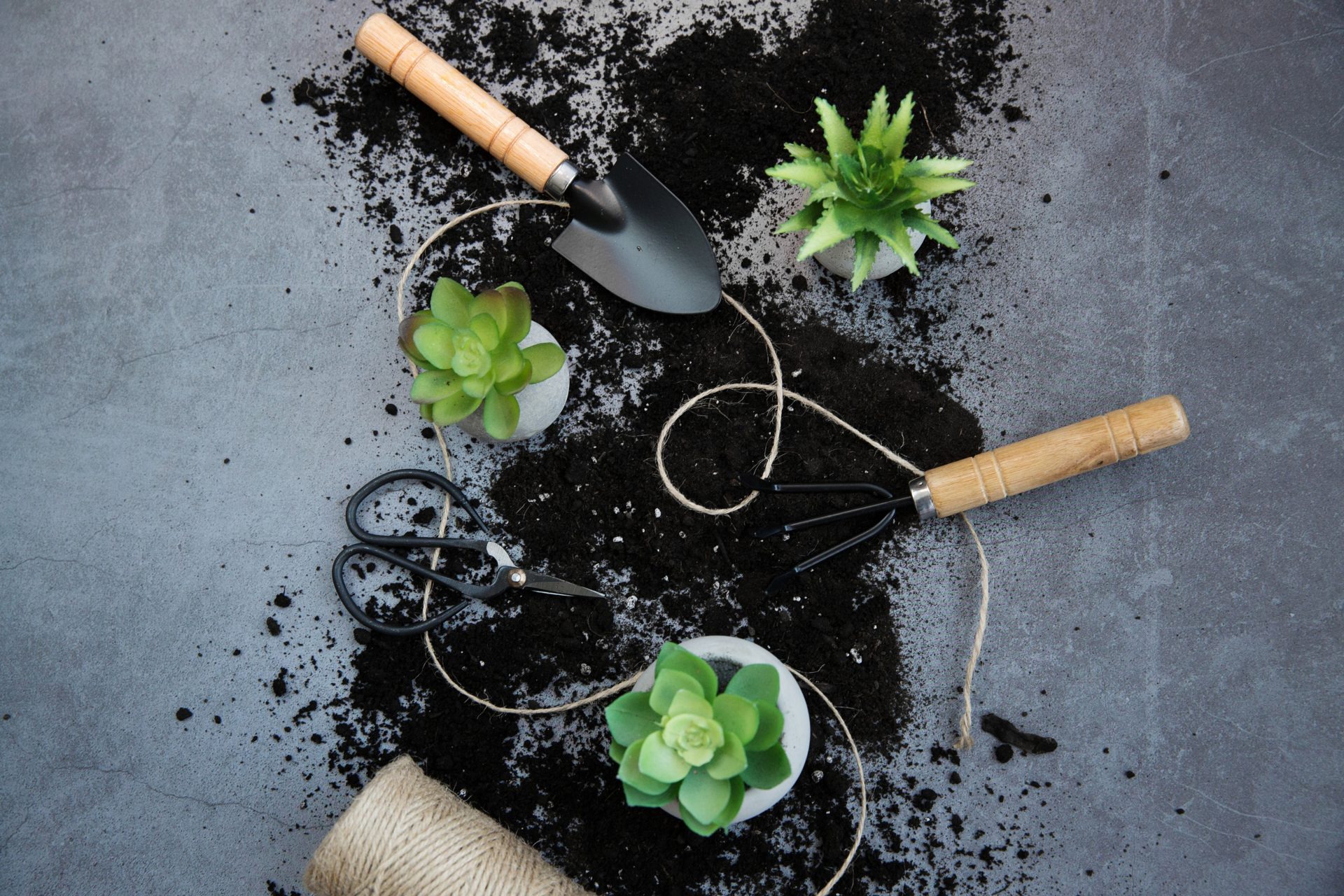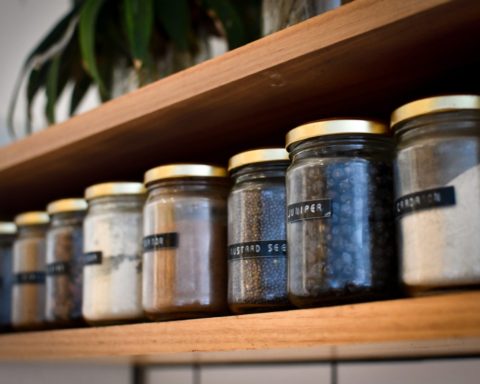For as long as I can remember, I have always dreamt of having my own little garden. Lush green grass, sturdy plants, brightly coloured flowers and fresh herbs at the ready.
What an experience it would be to be able to pick your own flowers for your lounge table vases, set up some of your garden plants in your room, pluck those ripe cherry tomatoes for your homemade salads or simply snip off a few sprigs of rosemary for your Sunday roast potatoes. Not to mention the fact that it cuts out supermarket travelling time or spending unnecessary amounts of money on large bunches of herbs that you don’t need.

When I moved house two years ago I had the opportunity to start my own vegetable and herb garden. The house already had a nice sized garden full of plants and greenery, so I was able to clear out a little section for ‘my little garden’.
When I first went to our local nursery, I was like a little kid in a candy store. There were so many different types of packets of herbs, flowers, fruits and vegetables to choose from and, to be honest, it was extremely difficult to decide on just a few.
After much deliberation, since I love spinach and fresh herbs, I thought I’d go with items I will actually make use of once they are grown. So, my first batch of seeds included spinach, origanum, chives, parsley and chillies.
Since I was already gifted some gardening tools, I was well on my way.
The first step is to completely clear out the patch where you wish to plant by pulling out old dead plants, weeds and the like. It would also be best to throw on some fertilized soil before planting if the area doesn’t already have that. Read the seed package instructions, and plant away.
As exciting as gardening is, it puts you in a bit of a ‘hurry up and wait’ situation, because after planting, you have to wait weeks, sometimes months for anything to show. It can be a little bit frustrating at first, but for me, the excitement was in the anticipation of knowing that one day I might be able to harvest something which I planted with my own hands.
When I say gardening is trial and error – it really was that. After we planted our first batch of seeds, we had to wait for what felt like eternity before we saw anything substantial taking place. Some grew abundantly, while others did not feature at all.

As a beginner, I am happy to report that the following grew abundantly:
- Swiss chard
- Origanum
- Parsely
- Sweet basil
- Spearmint
- Chillies
- Green beans
- Rosemary
- Broccoli
- Cabbage
But also, as a beginner, I have to report that these did not even peek above the soil:
- Cherry tomatoes
- Chives
- Spring onion
- Mint
- Coriander
- Squash
- Watermelon
For those herbs and vegetables that grew well, I learned that they were planted correctly and in the right position.
For those that did not grow, it’s back to the drawing board for me – which is somewhat exciting, because if planted correctly the next time around, I might see some shoots starting to develop.
Since planting my first batch of seeds, over the months, I have learned all about positioning (full sun, full shade), spacing (distance between seeds) and seasons – which all plays a very big part in growing your harvest successfully.
I still have a lot to learn, and a long way to go – but here are some tried and tested tips from a true beginner:
- Before taking a trip to your local nursery, take some time to think about what it is you would like to plant. I first thought about what I frequently bought from the store e.g. spinach, parsley, chives.
- Know your budget before going to the nursery – because things can get just a little bit crazy.
- After you get your seed packets, carefully read the back for positioning and spacing specifications (this really helps in the long run).
- Plan out the area in your garden where you will be planting your seeds (it would help if you draw a diagram)
- Make a mental (or phone) note of the date you planted which seeds.
- Purchase gardening gloves – this really helps to pull out weeds, or even plant seeds.
- Purchase some other gardening tools which includes spades, forks, shovels and rakes.
- Don’t forget to water your plants daily.
- Talk to your plants – I have heard it helps.

It really is an amazing experience getting the opportunity to finally harvest and enjoy something that you have grown with your own two hands – and the list of what you can grow and delight in is certainly endless. Not forgetting that items straight from your garden (after being washed thoroughly of course) taste even, sweeter, better and fresher.
If you are an avid gardener, and would like to share some tips with us – kindly comment on our Facebook page.



